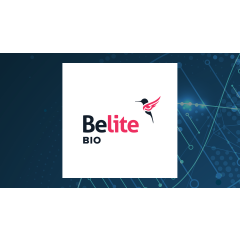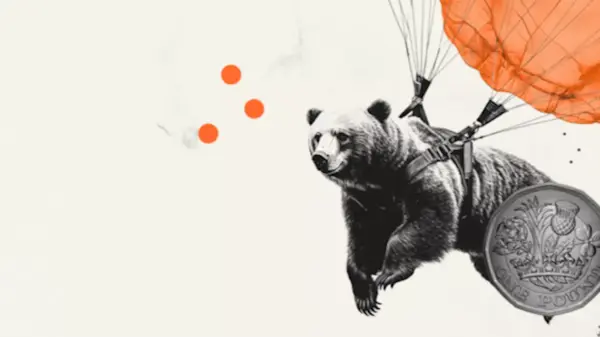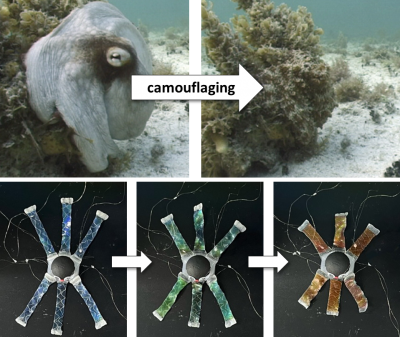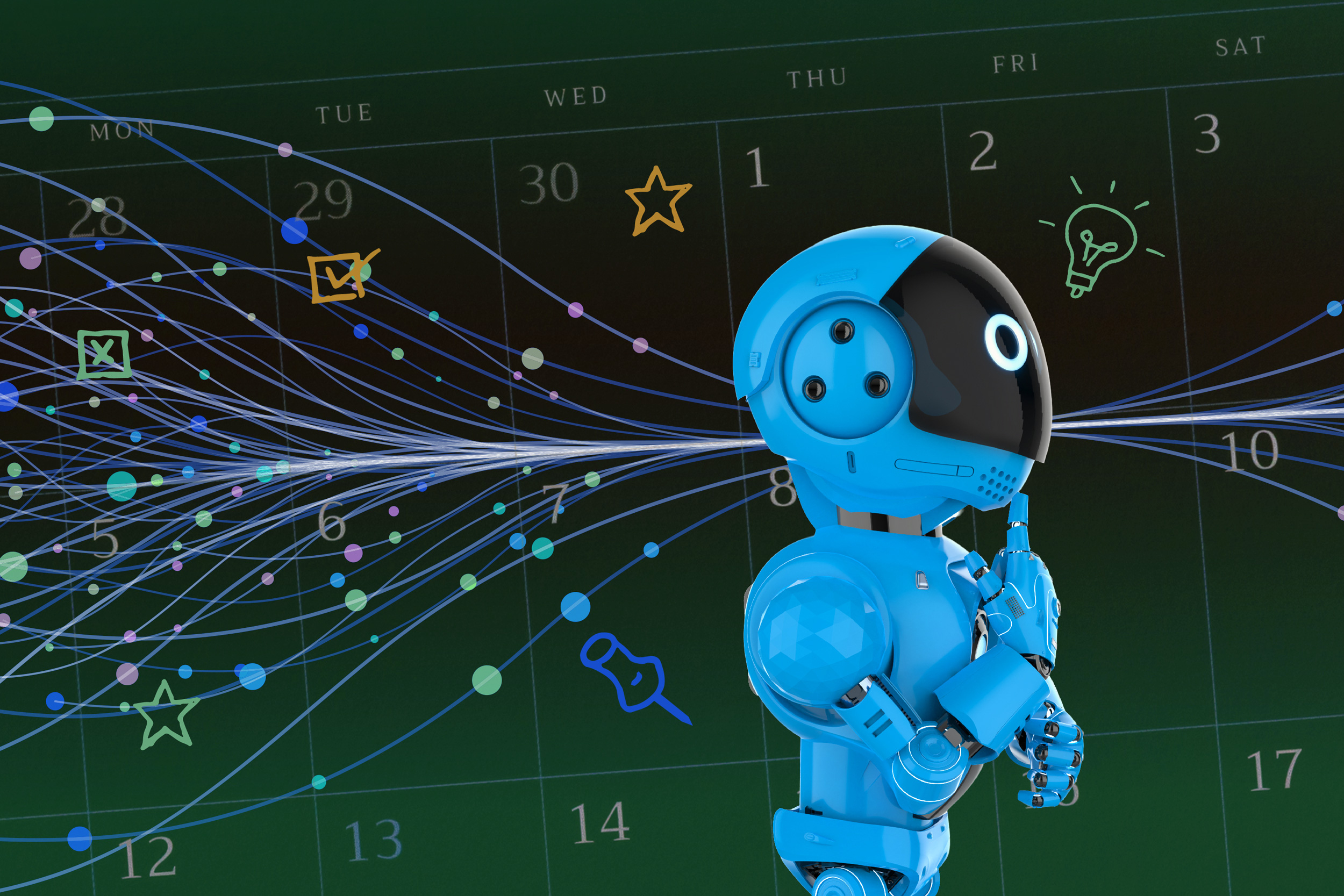A groundbreaking approach developed by researchers at the Massachusetts Institute of Technology (MIT) allows large language models (LLMs) to update themselves with new information, simulating a human-like learning process. Traditionally, once an LLM is trained and deployed, its ability to adapt is limited; it cannot incorporate new knowledge permanently. This new method enables LLMs to generate their own study materials based on user input, enhancing their capacity to retain and utilize information over time.
In a typical classroom setting, students take notes to reinforce learning, but LLMs do not have a similar mechanism. According to Jyothish Pari, an MIT graduate student and co-lead author of the study, “Just like humans, complex AI systems can’t remain static for their entire lifetimes.” The research showcases how LLMs could evolve to better respond to user interactions and adapt to diverse tasks in dynamic environments.
Introducing SEAL: A New Framework for Self-Adaptation
The innovative framework, named SEAL (Self-Adapting LLMs), empowers LLMs to create synthetic data from user inputs. This data serves as a means for the model to internalize new knowledge. The model engages in a trial-and-error process, generating multiple self-edits to determine which adaptations lead to the most significant performance improvements.
During experiments, the researchers observed a marked increase in accuracy during question-answering tasks—nearly 15 percent—and more than 50 percent in success rates for skill acquisition. This advancement illustrates SEAL’s potential to outperform larger LLMs while maintaining a smaller footprint.
Pari emphasizes the importance of giving LLMs a mechanism similar to human learning capabilities. “By providing the model with the ability to control how it digests this information, it can figure out the best way to parse all the data that are coming in,” he explains.
Challenges and Future Directions
Despite these promising results, the researchers acknowledge limitations, particularly the phenomenon known as catastrophic forgetting. As LLMs adapt to new information, there is a risk that their performance on previously learned tasks may decline. Mitigating this issue will be a focus of future research.
Additionally, the team envisions applying SEAL in multi-agent environments where several LLMs can learn from each other. Adam Zweiger, another co-lead author and MIT undergraduate, notes, “One of the key barriers to LLMs that can do meaningful scientific research is their inability to update themselves based on their interactions with new information.”
The work is set to be presented at the Conference on Neural Information Processing Systems and is supported by organizations including the U.S. Army Research Office, the U.S. Air Force AI Accelerator, and the MIT-IBM Watson AI Lab. As researchers continue to refine these models, the hope is that they will enable AI systems to learn and adapt much like humans, ultimately contributing to advancements in various fields, including science and technology.





































































